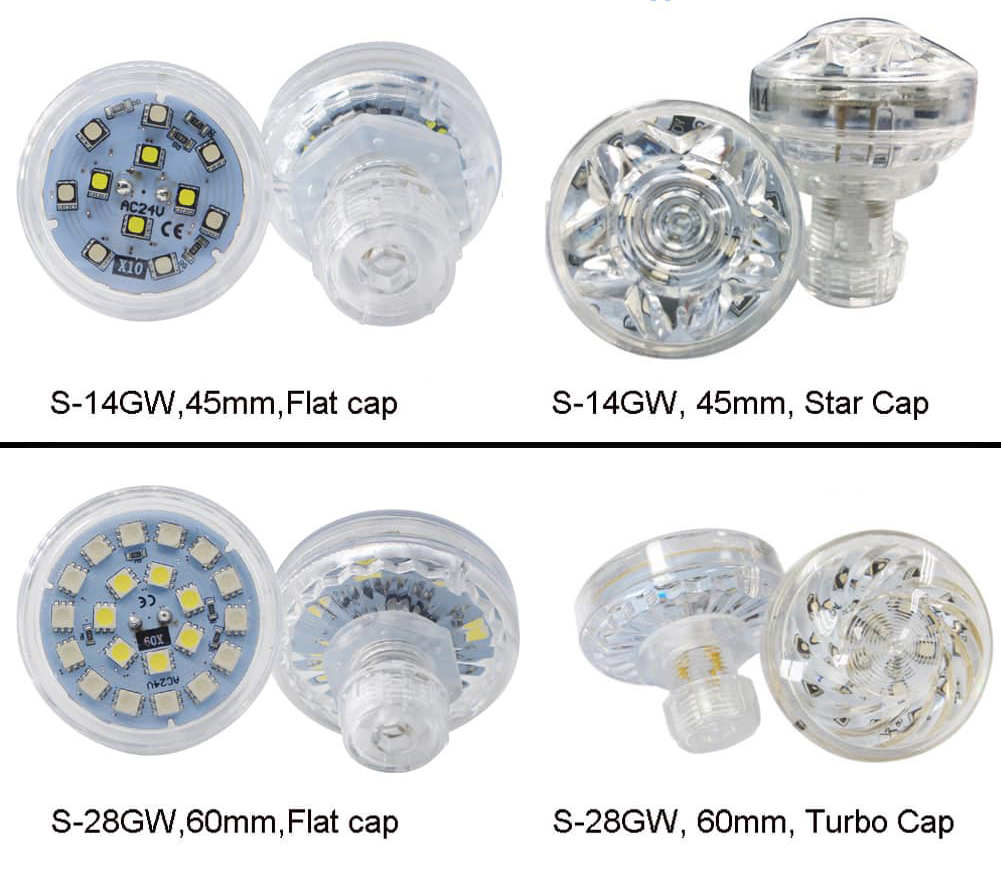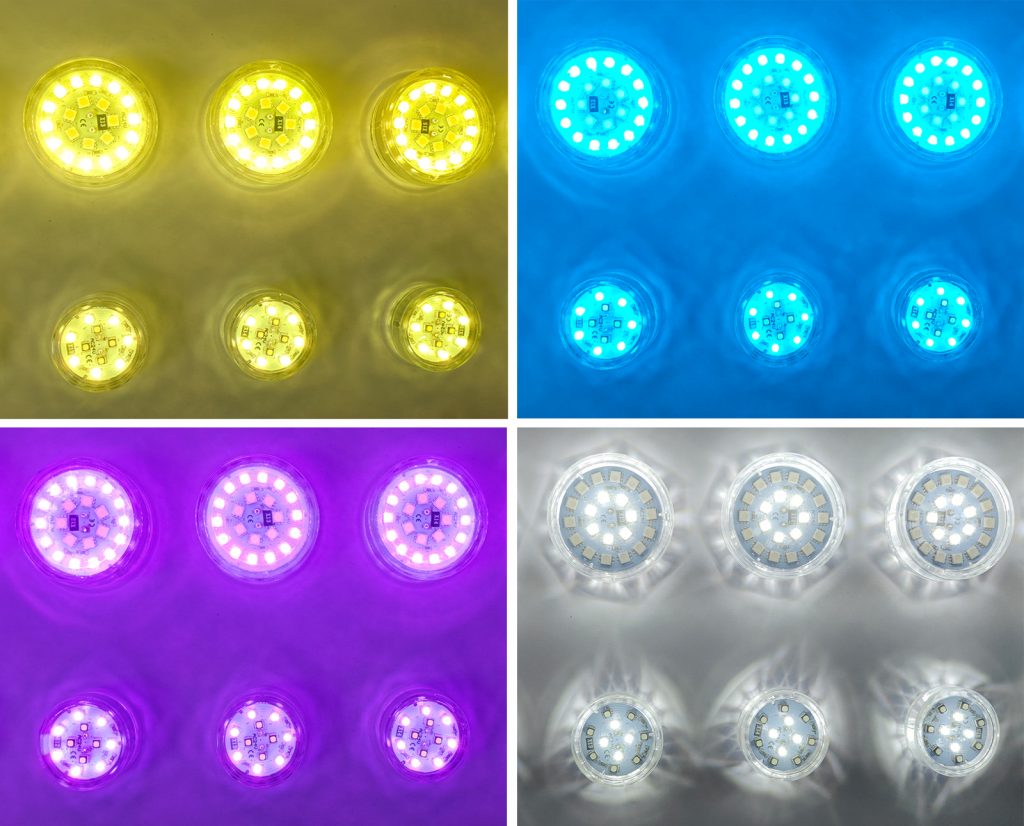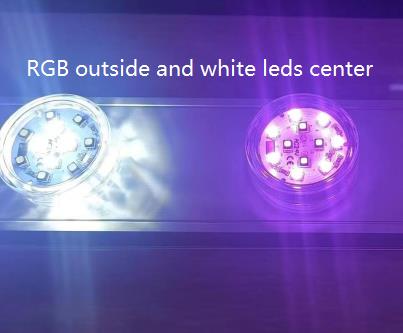Is it possible to combine white and RGB LEDs?
White and RGB LEDs can be used together. This combination has significant advantages in a variety of application scenarios.
First, from a technical point of view, the combination of white LEDs and RGB LEDs is feasible. White LEDs are usually used to provide basic lighting, while RGB LEDs (red, green, and blue primary color LEDs) can achieve full-color color-changing effects by adjusting their respective light intensities. Combining the two can increase color changes and dynamic effects while providing sufficient lighting.
Second, in practical applications, the combination of white and RGB LEDs has a variety of advantages. For example, in amusement rides, this combination can create more colorful and fascinating visual effects. By precisely controlling the light intensity and color of RGB LEDs, different atmospheres and themes can be created to enhance the experience of visitors. At the same time, white LEDs as basic lighting can ensure that amusement rides still have good visibility and safety at night or in low light conditions.
In addition, the combination of white and RGB LED can also be used in a variety of other scenarios, such as stage lighting, home decoration, commercial display, etc. In these scenarios, by flexibly adjusting the light intensity and color of white and RGB LED, different lighting and decoration needs can be met, creating more personalized and diverse visual effects.
However, some potential problems and challenges should also be noted. For example, light mixing difficulties are a common problem in RGB LED applications, which may lead to different colors or colorful shadows observed at certain viewing angles. In addition, heat dissipation is also a factor that needs to be considered, because RGB LEDs generate a certain amount of heat when working, and poor heat dissipation may affect their performance and life. Therefore, when designing and using lighting systems that combine white and RGB LED, these issues need to be fully considered and corresponding solutions should be adopted.
In summary, the combination of white and RGB LEDs is technically feasible and has significant advantages in a variety of application scenarios. However, in practical applications, it is necessary to pay attention to potential challenges such as light mixing difficulties and heat dissipation problems, and adopt corresponding solutions to ensure the performance and life of the system.
















